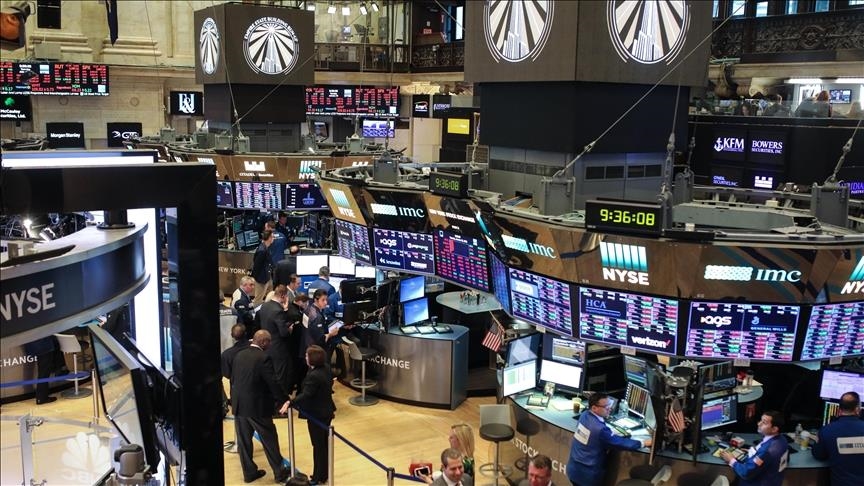
- Indices
- Stocks
Sharp fall in stocks triggers selloff
Do you want to know how to make money from this?
Register for free and get expert advice, access to a training course and webinars.
Key points:
- Jobs growth was less than expected, unemployment rose.
- Disappointing quarterly earnings from big tech companies like Amazon and Intel sent their stocks tumbling.
- Investors have increased hopes for a rate cut at the Fed’s September meeting.
On Friday, the US stock market continued to decline in stock prices, which has been observed for the second trading session in a row. The Nasdaq Composite Index has thus officially entered the correction phase. The reason for the sell-off was the US labor market statistics published the day before, which turned out to be weaker than expected and increased fears about a possible recession.
The Dow Jones Industrial Average Index fell by 610.71 points, or 1.51%, to 39,737.26. The S&P 500 Index lost 100.12 points, or 1.84%, to 5,346.56. The Nasdaq Composite Index fell by 417.98 points, or 2.43%, to 16,776.16.
Nonfarm payrolls trigger market decline
The Labor Department said nonfarm payrolls rose by 114,000 last month, well below the 175,000 economists had forecast and well below the 200,000 economists say is needed to maintain population growth. The unemployment rate rose to 4.3%, near a three-year high. The data fueled concerns that the economy is slowing faster than expected and that the Federal Reserve was wrong to leave interest rates unchanged at its meeting that ended Wednesday.
At the same time, expectations for a 50 basis point rate cut at the Fed’s September meeting have risen to 69.5%, up from 22% the previous session, according to CME’s FedWatch tool. The weak employment numbers also triggered the so-called “Sahm Rule,” which many consider a historically accurate indicator of recessions.
Amazon and Intel reports support fall
Significant downward pressure on the indices came from significant losses in shares of tech giants Amazon and Intel. The published quarterly reports of these companies, containing disappointing forecasts, provoked a sharp drop in their quotes by 8.79% and 26.06%, respectively.
As a result, the Nasdaq Composite has lost more than 10% since the July high, thereby confirming the beginning of a correction. Growing concerns about overvalued assets amid a weakening economy had a negative impact on investor sentiment. The S&P 500 ended trading at its lowest level since June 4, and the benchmark S&P index and the Dow Jones Industrial Average experienced their largest two-day drop since March 2023.
The semiconductor sector continued to decline, leading the Philadelphia SE index to set a three-month low after its largest two-day drop since March 2020.
Among the few positives, Apple shares rose on better-than-expected third-quarter iPhone sales and an upbeat outlook for the future. The company has been betting on artificial intelligence to attract new customers.
Of all the S&P 500 sectors, only defensive ones like consumer staples, utilities, and real estate showed positive momentum. The biggest decline was in the consumer discretionary sector, driven in large part by a drop in Amazon shares. The company posted its biggest two-day decline since June 2022.
Do you want to know
How to make money from the news
Register for free and get:
- Expert consultation;
- Access to the training course;
- Opportunity to participate in webinars

